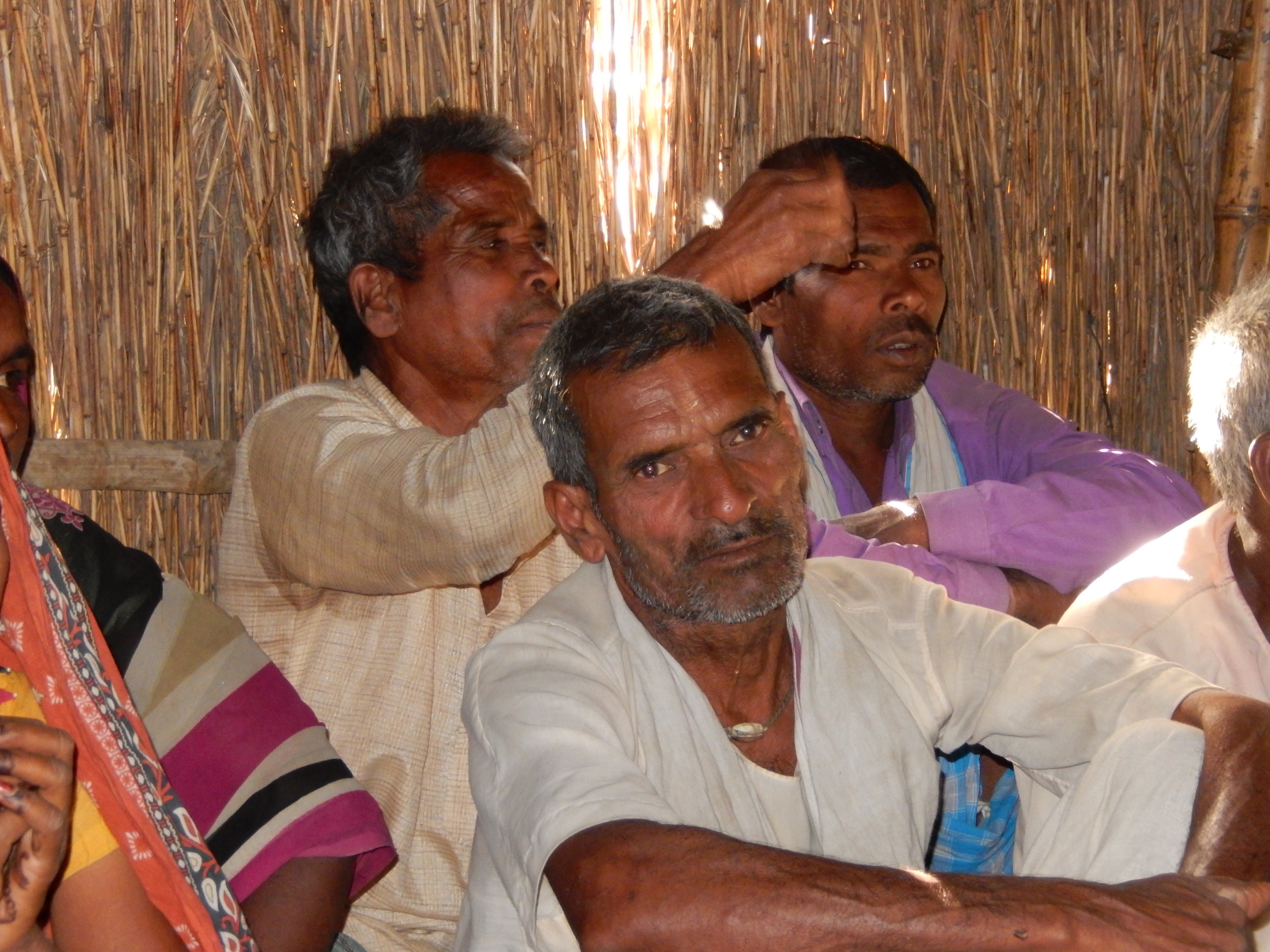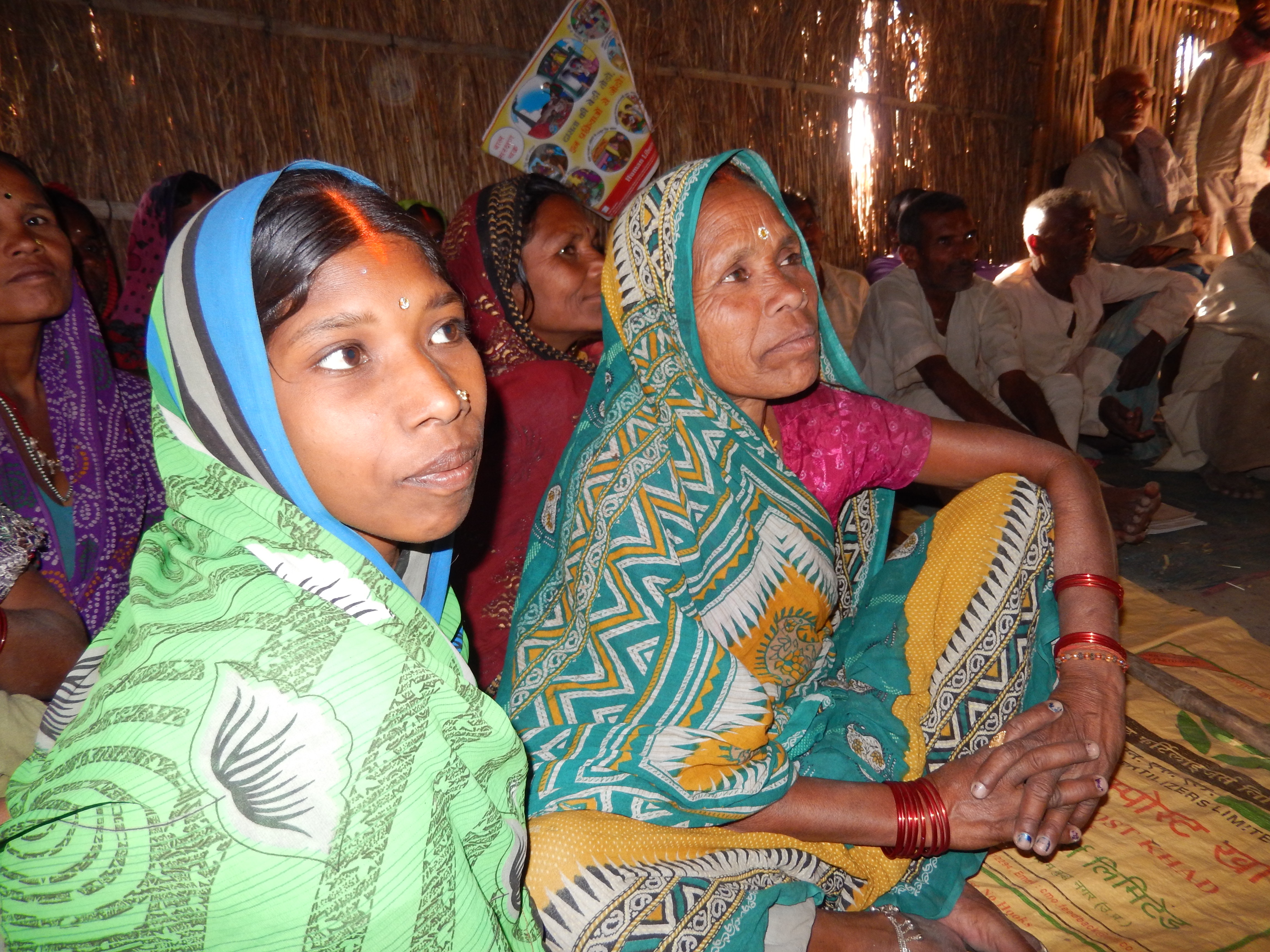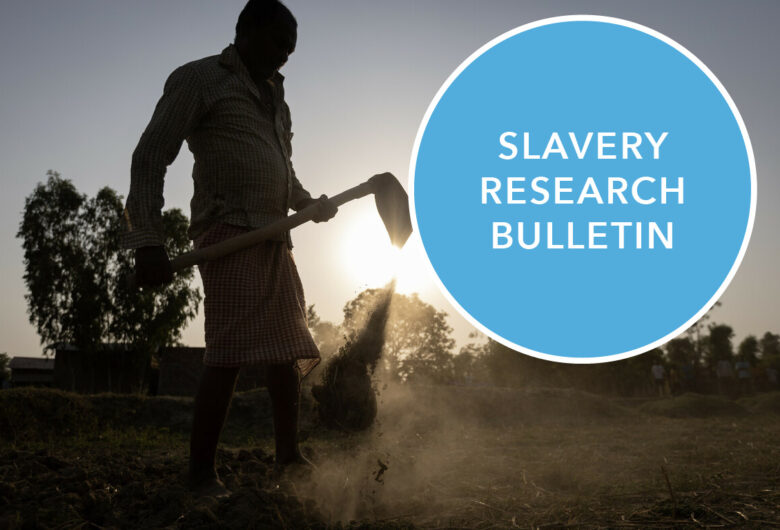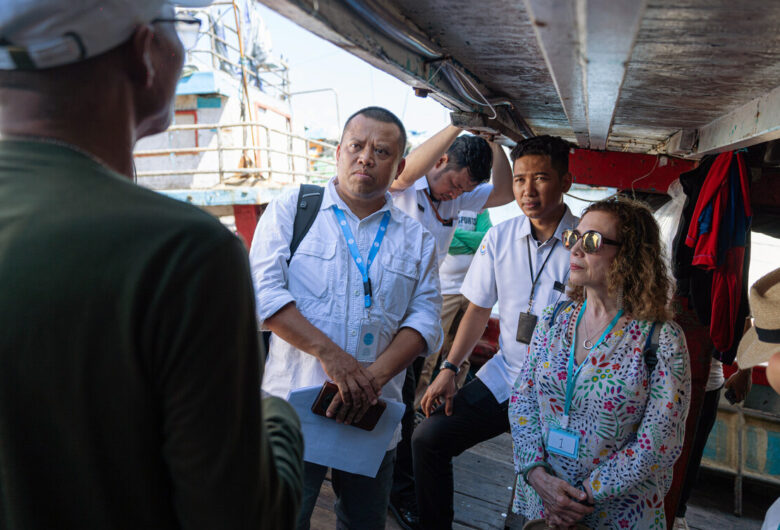One of the challenges for our work with communities is knowing when it’s safe to move on. When can our local partner focus on the next location where bonded labour and trafficking are still rife without the risk that the community it has left behind will slip back into severe exploitation?
We feel confident about this when we know there is an active and aware group of residents who consistently take the initiative when difficult problems arise. One prime example of a community that got its act together is the Community Vigilance Committee (CVC) in one of the hamlets of Pipraiya village, in remote rural Bihar in northern India.
No more child trafficking
During our recent visit to Pipraiya village, members of the CVC talked with us about their efforts to prevent child trafficking. Before our partner FSS formed the Community Vigilance Committee here, many children were being trafficked hundreds of miles to places like Punjab and Jammu. When FSS helped local residents discuss what was happening to their teenagers, the community decided to bring them all back. Sometimes they just pressured the trafficker to return the children, but in other cases the whole CVC got help from the FSS legal aid centre and filed a case with the police. Finally, all the children are back now, and members of the CVC regularly visit the village school to make sure it’s functioning well and that the children are getting their mid-day meal.
While making this collective effort to bring their children back, they also realised that other children were being exploited through “orchestras”. These are bands of performers and young dancers who are brought in for entertainment at weddings. Many of the girls come from neighbouring West Bengal and are sometimes taken away from their communities through fake marriages to orchestra managers. The girls are frequently abused and sexually exploited after the performances. So residents in Pipraiya decided to join with many other surrounding communities in banning orchestras, and they put up a large board pronouncing there would be “no orchestras and no slavery”. Instead, they bought musical instruments to use for more traditional wedding celebrations.
“The moneylender is annoyed!”
FSS also set up Livelihood Promotion Groups (LPG) to help residents save together and decide on new ways to earn income, such as goat rearing. Members explained that when needed, residents can take a small loan from the group. An important step has been to arrange that if a person needs a larger loan than is possible from one group, they can get help from all five local LPGs. They said that they will no longer go to the moneylenders who used to charge them 60% interest a year, while also making them work in their fields. One of the group members said, “We have unity so if the LPG doesn’t have enough money for the loan, then even as individuals we’ll contribute, sometimes at no interest. The moneylender is annoyed!”

This group-based problem solving is the key to ending inter-generational bonded labour. For example, the village government wasn’t functioning properly, so instead of all voting for different people, they unanimously selected which two people the voters from this hamlet would elect, getting a successful result.
Collective problem-solving
Because their village is in an area that’s prone to fires, they made a collective rule that no one can light their cooking stove in the heat of the day. The morning cooking now has to be done before 8am, and two women were appointed to walk around smelling for cooking after that time. If someone breaks the rule, they would stop communicating with them, as punishment.
The community also grows some of their crops together on small plots of land, some of which have been bought with help from the Livelihoods Promotion Group. They work on each other’s fields, and they say that each person doesn’t just see their plot as belonging only to them. Now they want more efficient machinery like a tilling machine that they can rotate around the different plots to get the work done more quickly and efficiently.
There are continued struggles in this remote place. Some of the CVC members were away on the day of our visit because a resident had a brain haemorrhage and needed to be taken to the far away hospital. But thanks to the CVC, we are hopeful that the community can continue to improve their lives and prevent the worst forms of exploitation.
Pictured above: Members of CVC at Pipraiya village, formed through Freedom Fund partner, FSS
Photo credit: Ginny Baumann/The Freedom Fund




